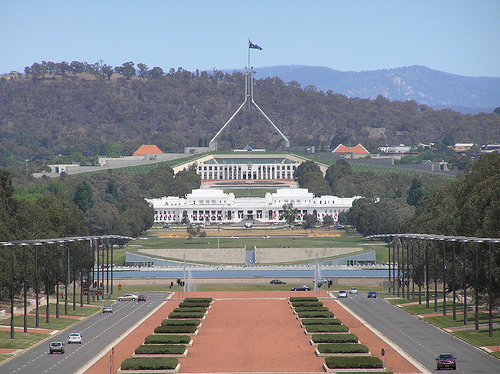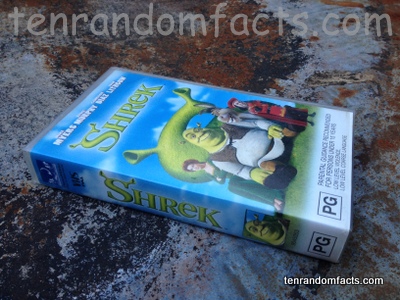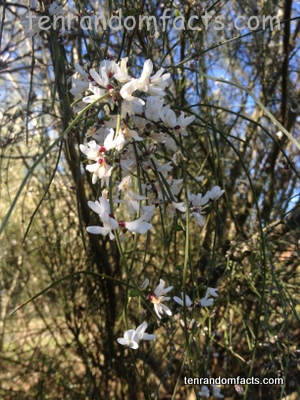
What would we do without bread clips…?
- ‘Bread clips’ are also known as ‘bread tags’, bread tabs’, ‘bread-bag clips’, ‘bread ties’, ‘bag closures’, ‘Kwik Lok closures’ and ‘bread climps’.
- Bread clips were invented to seal and reseal bags, and are often used for bags containing bread or bakery products to improve freshness.
- Bread clips come in many different sizes, shapes, and colours, and are selected according to their use and the size of the packaging that will be involved.
- Bread clips are sometimes colour coded for certain purposes, and it is common for the expiry date to be printed on the clip.
- Bread clips are sometimes collected due to the uniqueness of most clips.
- A bread clip looks like a notched square or rectangle and are made of a cheap plastic.
- Bread clips were invented by Floyd G Paxton, an American, in the 1950s, but it is said that he was never awarded a patent.
- Floyd Paxton, the founder of the Kwik Lok company, invented bread clips when he cut part of a credit card, notched it and placed it on an open bag, that stopped the contents from spilling out.
- Bread clips are a more practical replacement for wire closures and a fresher replacement than folding the packaging over.
- Bread clips can be clipped on the wheel spokes on a bicycle, which when the wheel is spun, the clips produce spins of colour and clicking sounds.






















